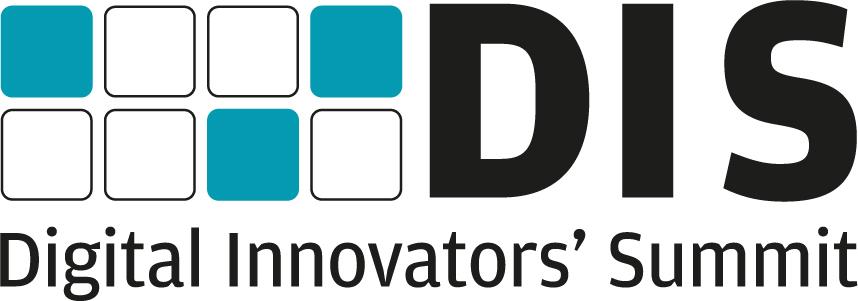How TechRadar uses precision content and ecommerce to engage audiences and increase revenue
TechRadar, Future’s site for technology news and reviews, provides enthusiasts with breaking news, expert in-depth reviews and easy to follow how-to guides.
Data is at the heart of everything they do, “It is using our expert knowledge as journalists to know what the next big thing is going to be, or target the next big thing,” Chacksfield explained.
 |
The team that works with Chacksfield are all experts. And, by keeping up to date on the tips, rumours, trends, innovations, launches and developments in the tech field, the TechRadar team is quick to notice trends and top search terms and capitalise on them. They do this by mixing their own knowledge with data from their audience development team and the myriad analytics tools they use.
“We all have a thoroughly good time with what we do because we are our readers, which is the best way to explain the people who work at TechRadar – we love the technology we write about,” Chacksfield said. “We stick to what we know best, which is writing in-depth reviews of fantastic products.”
TechRadar uses data on their audiences to deliver precision content packages at particular times of the day when their audiences have different needs or are using certain devices. Their use of data is innovative in that it helps them deliver the right content at the right moment.

“We help people searching for advice or gadgets become better informed so they can make better decisions,” he said. “We’re not just writing to gain traffic, we’re trying to narrow in on what people want.”
What TechRadar does in terms of content production and delivery is grounded in data on what works from the last 10 years. “The key thing for us is that we have a core team working for TechRadar, and a few of us have been there right from the beginning,” Chacksfield said. “And that means everyone is an absolute expert in the field. We’re not pivoting left right and centre, we know what we’re writing about, we know the content we’re delivering to our readers.”
***Julian March, managing director of Games, Music and Entertainment, will be at the Digital Innovators’ Summit, 19-20 March in Berlin, to explain how Future approaches the “coming of age of digital”. There’s still time to secure your place here.***
 |
Ecommerce
TechRadar’s revenue has always come from a number of diversified streams, Chacksfield explained. A big part of their diversification strategy at the moment is ecommerce.
“We recognised, probably around 2014, that people come to TechRadar not just to find out about what products to buy, but also because they want the best places to buy them and the best prices,” he said. “So, we delivered and built a proprietary ecommerce price comparison technology called Hawk, which allows us to identify the most relevant retail deals for any product across hundreds of markets and thousands of retailers.”
Hawk taps into a database of 250 million products, the prices of which are updated three times a day. Ecommerce revenue is delivered each time a user clicks out to one of TechRadar’s retail partners and purchases a product. In four years, they’ve helped sell 1.5 million products through Hawk.
Chacksfield explained that Hawk isn’t a one-size-fits-all widget, and that there are 12 comparison widgets that they can put within each of TechRadar’s buying guides. “It really depends on what kind of buying guide it is, that we’ll tailor the widget to,” he said. “It’s a huge thing for us at the moment and something we’re really proud of.”
Revenue has always been strong for TechRadar, “We are, by no means, driven to ecommerce by necessity. TechRadar is one of the most trusted tech sites around, and that has meant brands want to work with us, Chacksfield explained. “Ad revenue has always been very strong.”
However, like any media company in 2018, it does help to diversify revenue streams. “The key for us is that the ecommerce side of things can run alongside ads. And it’s quite predictable. We can base the revenue we can generate off this audience volume and it’s also an additional way to know our audience, generating relationships with retail partners.”

Lessons
For publishers looking to innovate their distribution and monetisation methods, the key to engaging audiences and increasing revenue, according to Chacksfield, is to stay grounded.
“Have a focus and stick to it as much as you can,” he said. “For us, we’ve never gone all in on something; we’re not pivoting all of the time. We never went all in on video, but we have a strong video offering. We never went all in on social and yet we still have hundreds of thousands of followers on Twitter and Facebook. If you’re known for something, find as many ways as possible to amplify it.”
More like this
Dennis, India Today, Ebner, Future, The Economist and HBR on 2018 Media Tech Trends
At the sharp end of Future’s digital innovation
Matthew Monahan, director of Arc Publishing at WashPo, on speed and innovation in the newsroom









